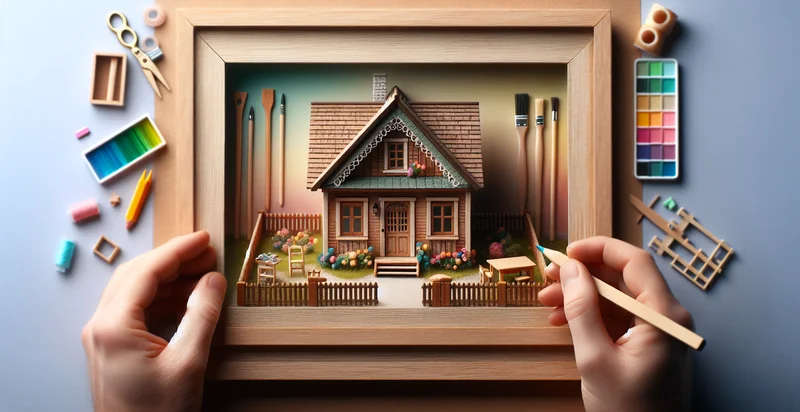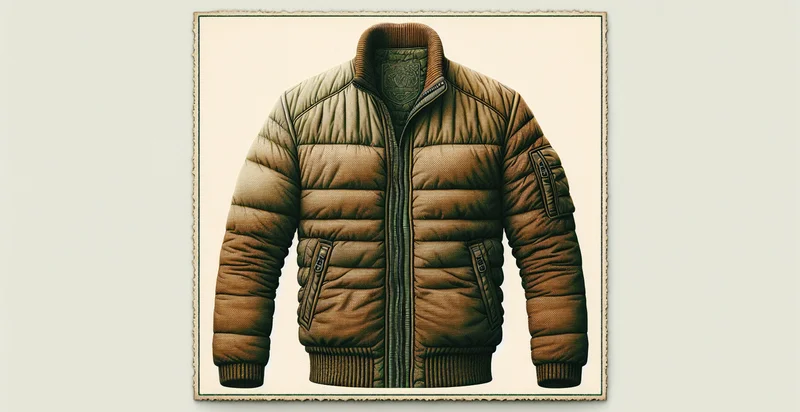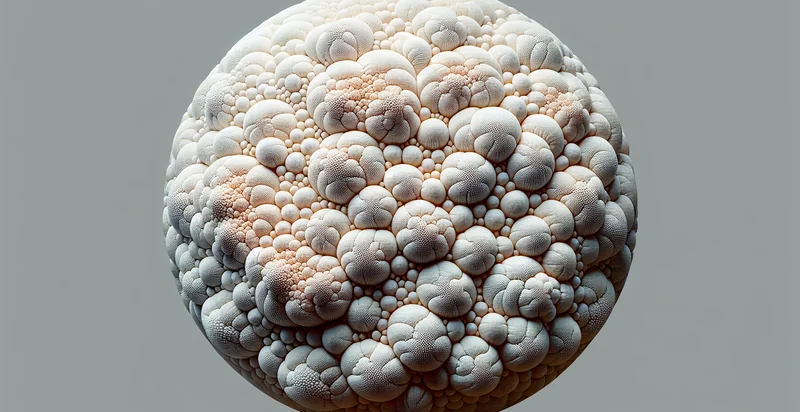Identify what material a dollhouse is made from
using AI
Below is a free classifier to identify what material a dollhouse is made from. Just upload your image, and our AI will predict what material a dollhouse is made from - in just seconds.

Contact us for API access
Or, use Nyckel to build highly-accurate custom classifiers in just minutes. No PhD required.
Get started
import nyckel
credentials = nyckel.Credentials("YOUR_CLIENT_ID", "YOUR_CLIENT_SECRET")
nyckel.invoke("what-material-a-dollhouse-is-made-from", "your_image_url", credentials)
fetch('https://www.nyckel.com/v1/functions/what-material-a-dollhouse-is-made-from/invoke', {
method: 'POST',
headers: {
'Authorization': 'Bearer ' + 'YOUR_BEARER_TOKEN',
'Content-Type': 'application/json',
},
body: JSON.stringify(
{"data": "your_image_url"}
)
})
.then(response => response.json())
.then(data => console.log(data));
curl -X POST \
-H "Content-Type: application/json" \
-H "Authorization: Bearer YOUR_BEARER_TOKEN" \
-d '{"data": "your_image_url"}' \
https://www.nyckel.com/v1/functions/what-material-a-dollhouse-is-made-from/invoke
How this classifier works
To start, upload your image. Our AI tool will then predict what material a dollhouse is made from.
This pretrained image model uses a Nyckel-created dataset and has 10 labels, including Acrylic, Cardboard, Ceramic, Composites, Fabric, Fiberglass, Metal, Paper, Plastic and Wood.
We'll also show a confidence score (the higher the number, the more confident the AI model is around what material a dollhouse is made from).
Whether you're just curious or building what material a dollhouse is made from detection into your application, we hope our classifier proves helpful.
Related Classifiers
Need to identify what material a dollhouse is made from at scale?
Get API or Zapier access to this classifier for free. It's perfect for:
- Quality Control: Manufacturers of dollhouses can utilize the image classification function during production to ensure that the correct materials are being used. By automatically identifying materials through images, companies can maintain high standards and reduce defects associated with incorrect material usage.
- Inventory Management: Retailers can employ this function to better manage their inventory of dollhouses by understanding the materials used in each product line. This information can help streamline stock levels, improve supply chain efficiency, and drive informed purchasing decisions.
- E-commerce Product Listing: Online retailers can integrate the image classification capability to enhance their product listings. By accurately classifying the materials of dollhouses, they can provide detailed descriptions that attract consumers looking for specific materials like wood, plastic, or fabric.
- Customer Preference Analysis: Toy companies can analyze consumer preferences by associating sales data with identified materials from images of dollhouses sold. This insight allows businesses to tailor future designs or marketing strategies based on trends in consumer material preferences.
- Sustainability Reporting: Companies focused on sustainable products can leverage the classification function to track the materials used in their dollhouse offerings. This information can then be used for sustainability reports to highlight eco-friendly practices and attract environmentally conscious customers.
- Warranty and Recall Management: In the event of defective products, manufacturers can use the material classification to quickly identify affected dollhouses. This can expedite warranty processing or recall notices based on specific materials highlighted in the classification function.
- Customization Services: Businesses offering personalized dollhouse designs can use the image classification to inform customers about the types of materials available for customization. By recognizing the materials existing in a base model, they can suggest realistic options for modifications tailored to customer desires.


